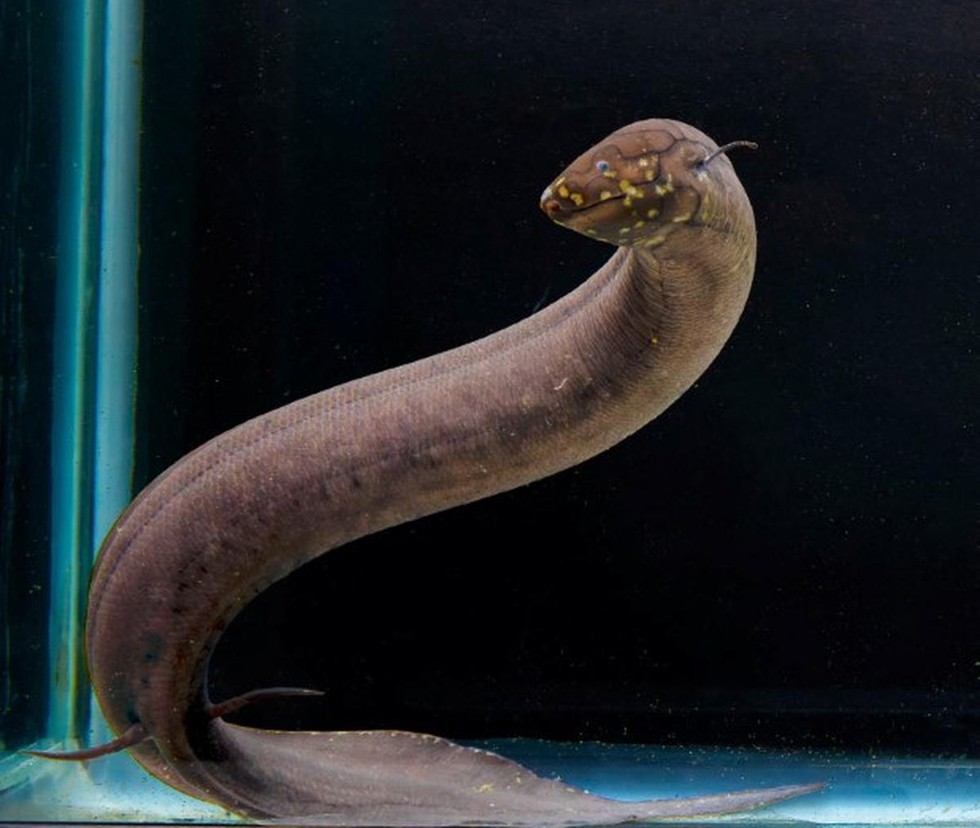About South American lungfish:
- It is a freshwater species (Lepidosiren paradoxa).
- It is the nearest living relative to the first land vertebrates and closely resembles its primordial ancestors dating back more than 400 million years.
- Distribution: It is mainInhabiting slow-moving and stagnant waters in Brazil, Argentina, Peru, Colombia, Venezuela, French Guiana and Paraguay.
- It has the largest genome compared to any of the animals on the earth.
- The length of the DNA in each cell of this lungfish would extend almost 60 metres. The human genome would extend a mere 2 metres.
- Its genome is more than 50 times the human genome’s size.
- The world’s four other lungfish species live in Africa, also with large genomes.
- Its genomes are largely composed of repetitive elements – about 90% of the genome.
Key features of Lungfish
- Lungfish first appeared during the Devonian Period.
- It was during the Devonian that one of the most important events in the history of life on the earth occurred: when fish possessing lungs and muscular fins evolved into the first tetrapods.
- While other fish rely upon gills to breathe, lungfish also possess a pair of lung-like organs.
- It lives in oxygen-starved, swampy environs of the Amazon and Parana-Paraguay River basins, and supplements the oxygen gotten from the water by breathing in oxygen from the air.
